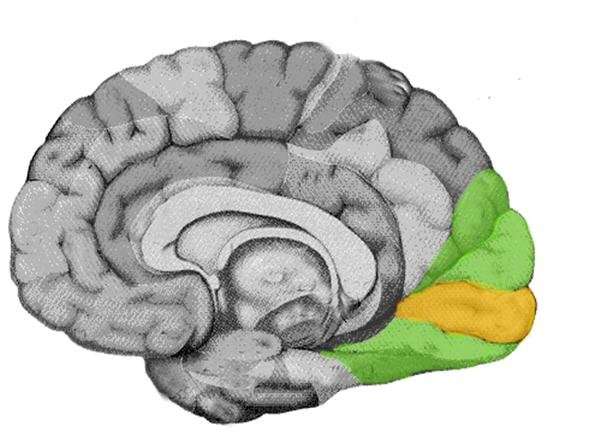
Athletes still have the edge over action video gamers when it comes to dynamic visual skills, a new study from the University of Waterloo shows.
For an athlete, having strong visual skills can be the difference between delivering a peak performance and achieving average results.
“Athletes involved in sports with a high-level of movement—like soccer, football, or baseball—often score higher on dynamic visual acuity tests than non-athletes,” said Dr. Kristine Dalton of Waterloo’s School of Optometry & Vision Science. “Our research team wanted to investigate if action video gamers—who, like e-sport athletes, are regularly immersed in a dynamic, fast-paced 2D video environment for large periods of time—would also show superior levels of dynamic visual acuity on par with athletes competing in physical sport.”
While visual acuity (clarity or sharpness of vision) is most often measured under static conditions during annual check-ups with an optometrist, research shows that testing dynamic visual acuity is a more effective measure of a person’s ability to see moving objects clearly—a baseline skill necessary for success in physical and e-sports alike.
Using a dynamic visual acuity skills-test designed and validated at the University of Waterloo, researchers discovered that while physical athletes score highly on dynamic visual acuity tests as expected, action video game players tested closer to non-athletes.
“Ultimately, athletes showed a stronger ability to identify smaller moving targets, which suggests visual processing differences exist between them and our video game players,” said Alan Yee, a Ph.D. candidate in vision science. All participants were matched based on their level of static visual acuity and refractive error, distinguishing dynamic visual acuity as the varying factor on their test performance.
These findings are also important for sports vision training centers that have been exploring the idea of developing video game-based training programs to help athletes elevate their performance.
“Our findings show there is still a benefit to training in a 3D environment,” said Dalton. “For athletes looking to develop stronger visual skills, the broader visual field and depth perception that come with physical training may be crucial to improving their dynamic visual acuity—and ultimately, their sport performance.”
Source: Read Full Article
